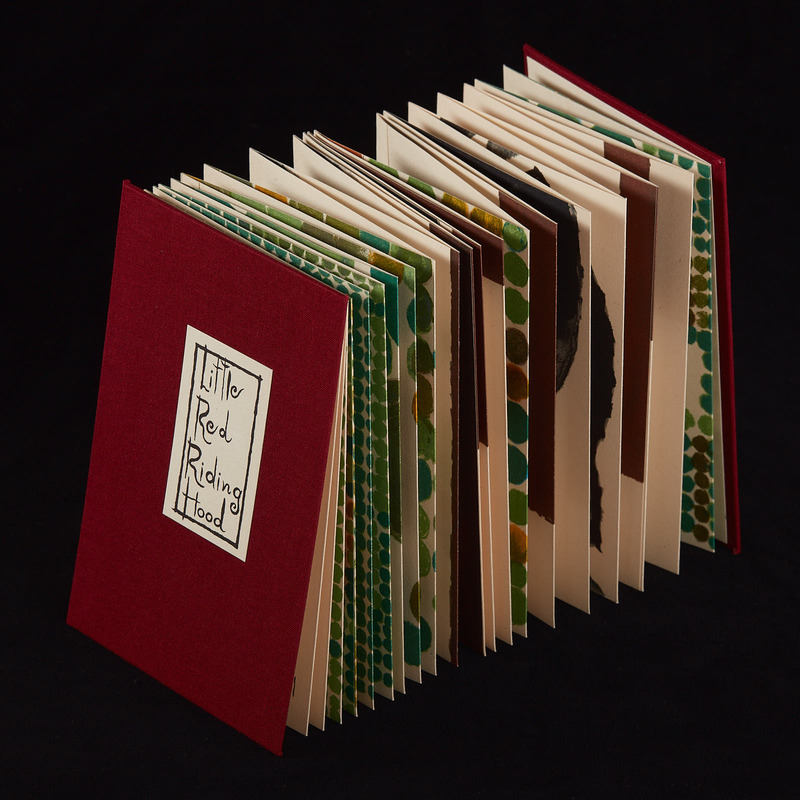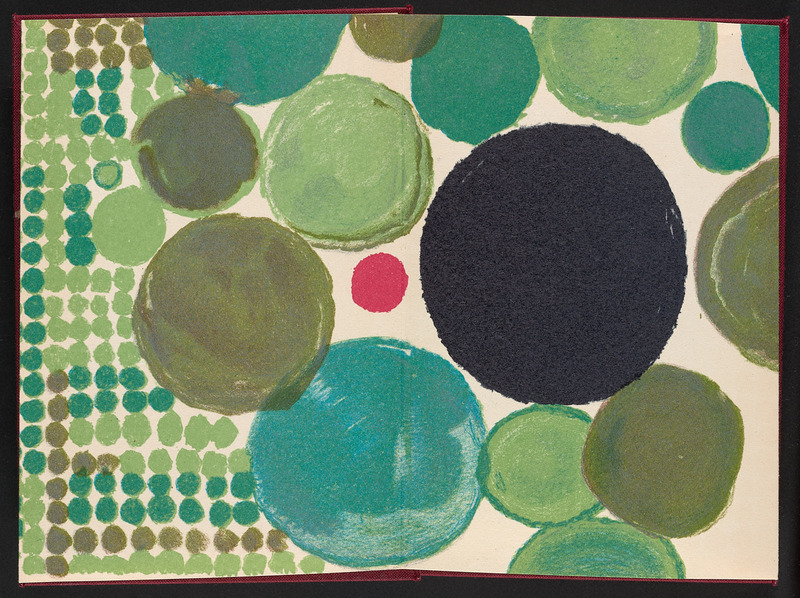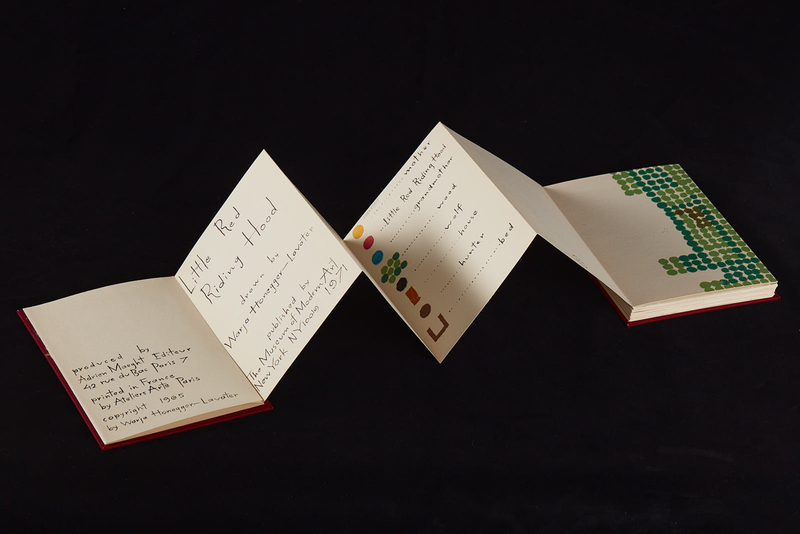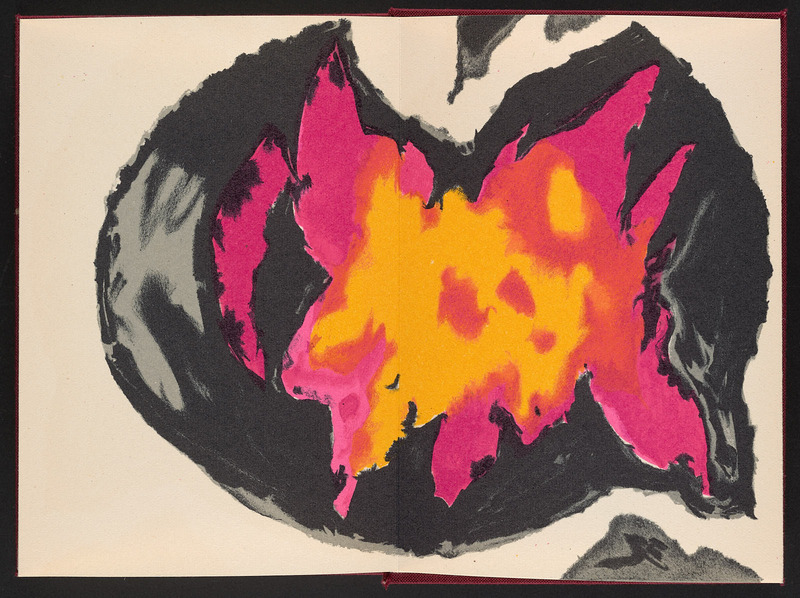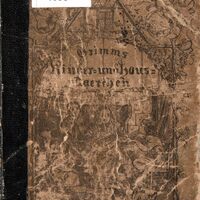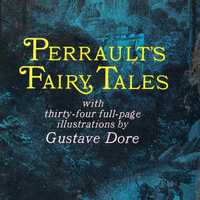Exhibit Contents
- Once Upon a Time
- Little Red Riding Hood
"Little Red Riding Hood" and the Power of Visual Storytelling
Though many fairy tales have endured for hundreds if not thousands of years, these stories continue to be reinvented in new and interesting ways. Beginning in the 19th century, fairy tales were increasingly accompanied by illustrations, often shaping the way readers interpret the stories. In this artist book rendition of "Little Red Riding Hood," artist Warja Honegger-Lavater does not aim to "illustrate" the classic tale, but rather to express the action and emotion of the story using a simple pictorial language, thereby allowing the reader to imagine the story for themselves.
In the story, Little Red Riding Hood walks through the woods to deliver food to her sickly grandmother, all the while being followed by a wolf. In the version first published by Charles Perrault, the story ends after the wolf eats the grandmother and the girl. In later versions such as that published by Jacob and Wilhelm Grimm, a huntsman cuts open the wolf to save the girl and her grandmother. They then kill the wolf by filling his body with heavy stones.
Swiss artist Honegger-Lavater retells this fairy tale without a single word, replacing text with a visual language in which dots serve as symbols. The key preceding the story (pictured to the left) clarifies that a red dot represents Little Red Riding Hood, a blue dot the grandmother, green dots the woods, a black dot the wolf, and so on. Consisting of one continuous sheet of paper over eight feet long, the book folds to form an accordion shape, also known as a Leporello binding. By employing a simple aesthetic, primary colors, and varying shapes to visualize the narrative tension, Honegger-Lavater distills the story into its essence while simultaneously leaving readers room for personal interpretation
Little Red Riding Hood is one of six accordion-style fairy tale retellings published by the artist between 1965-1982. Additional titles include "Snow White," "Sleeping Beauty," and "Cinderella." With these books, Honegger-Lavater breathed new life into beloved fairy tales while simultaneously contributing to the development of the modern artist book genre.
